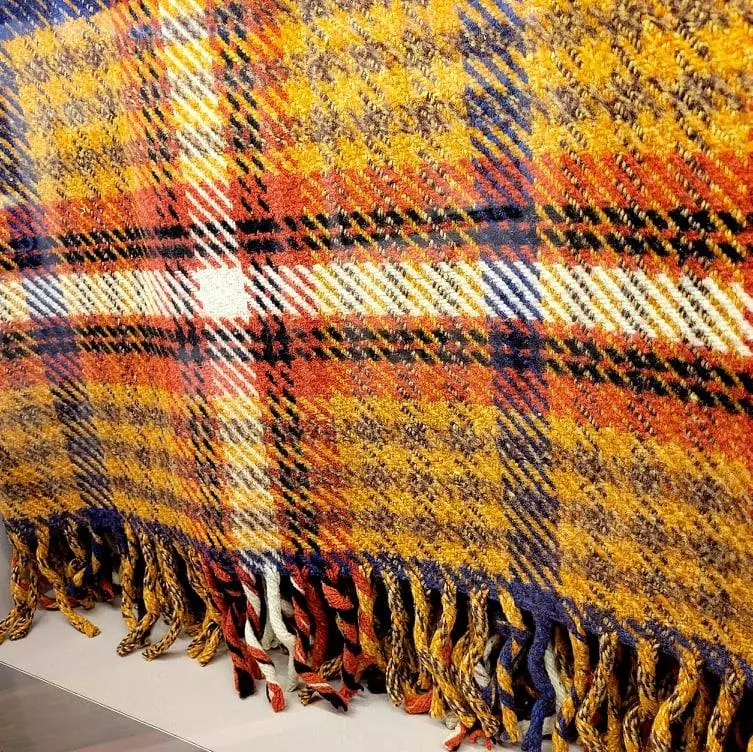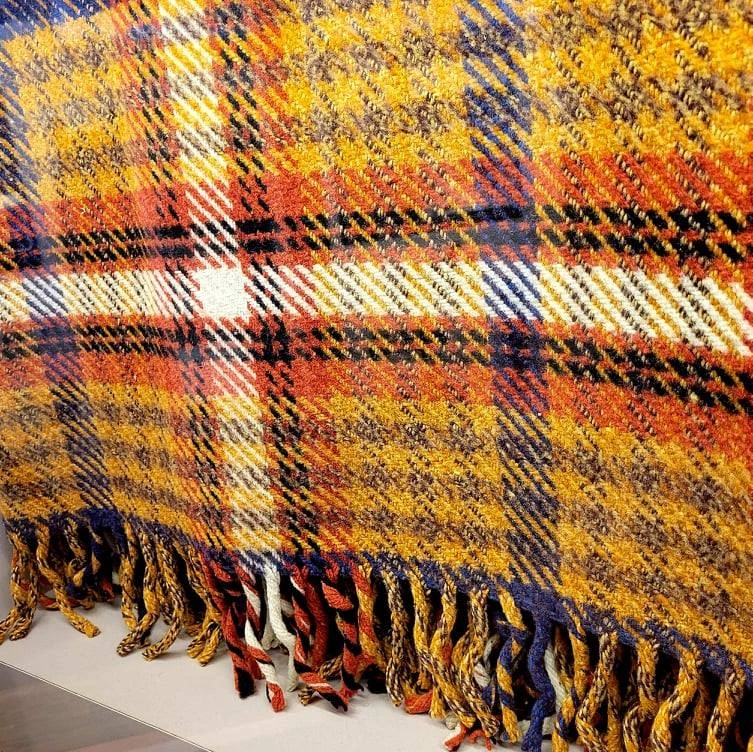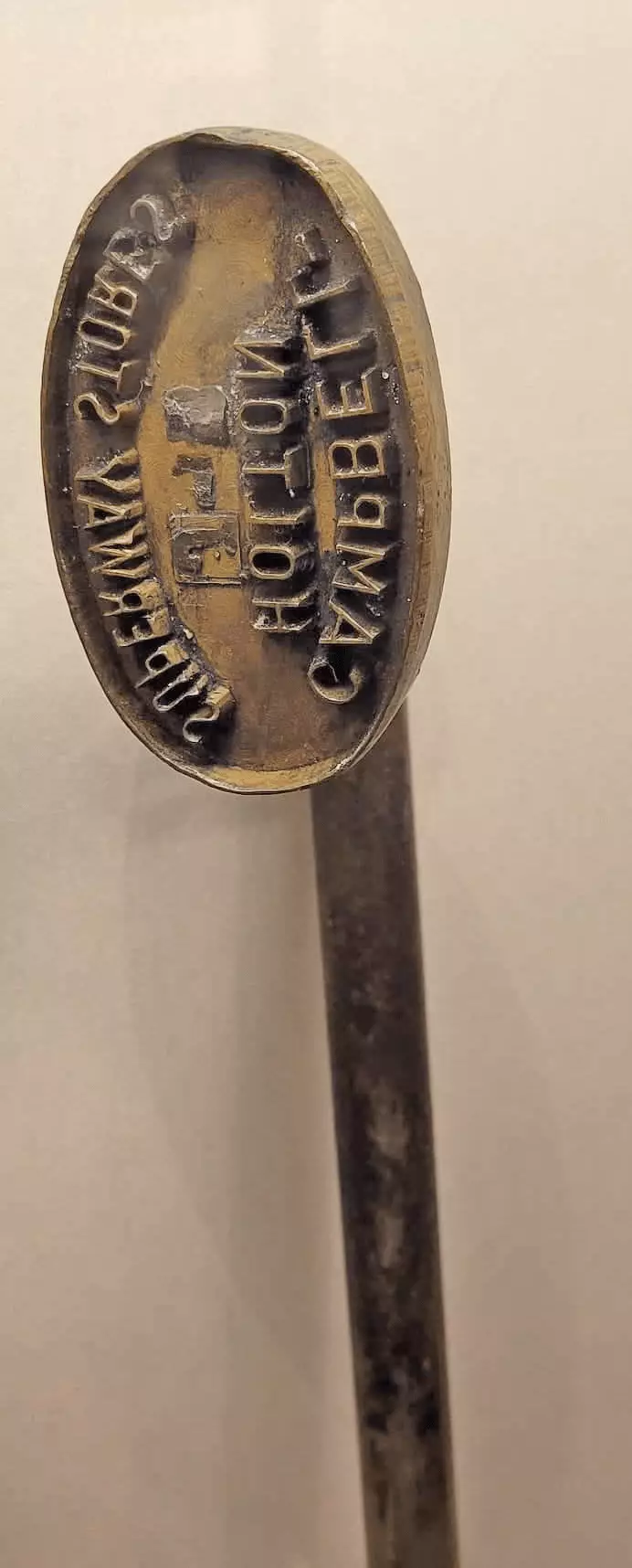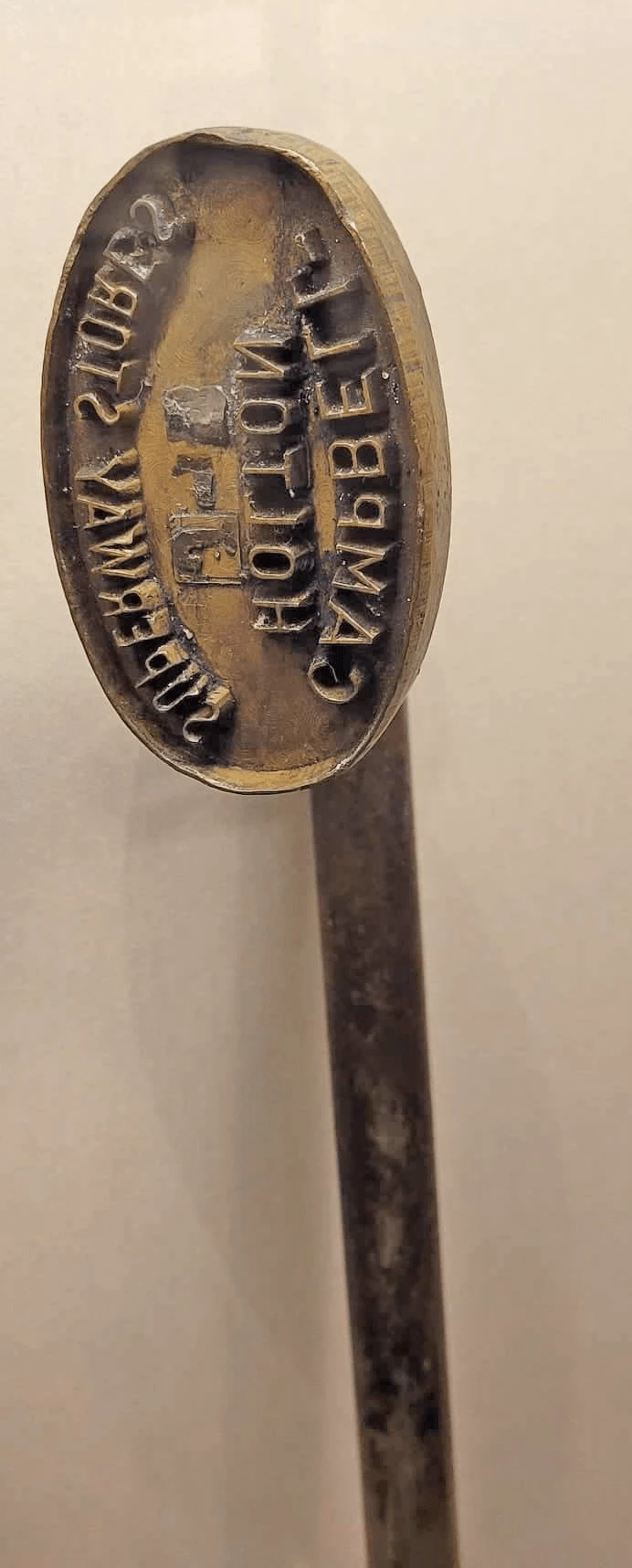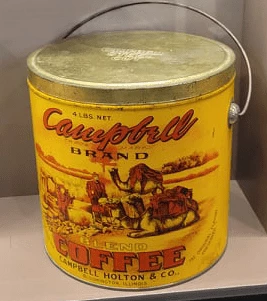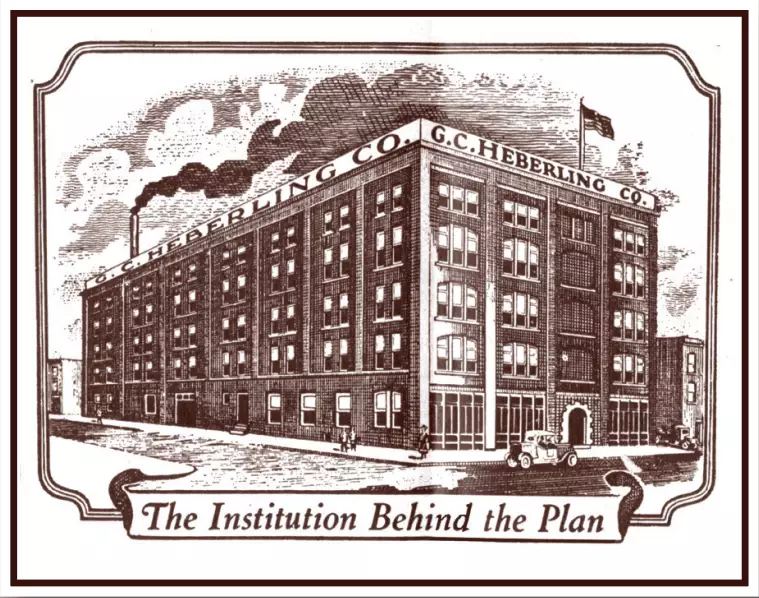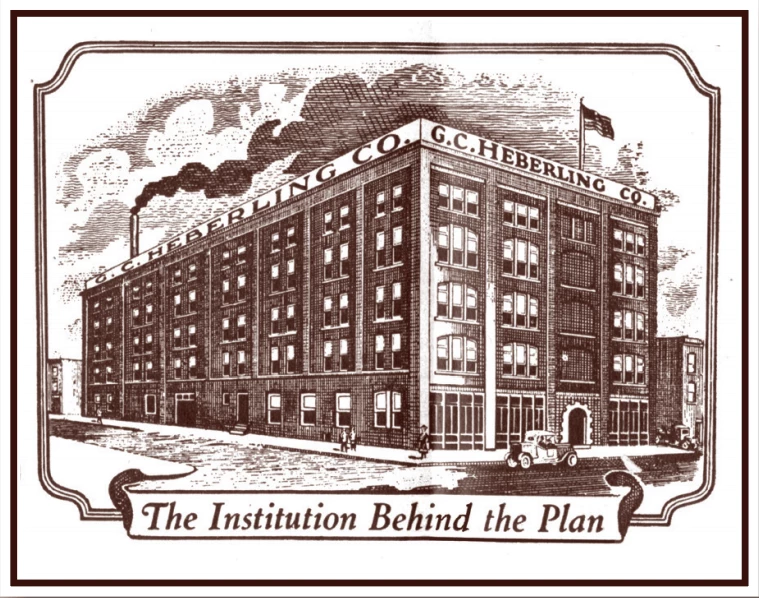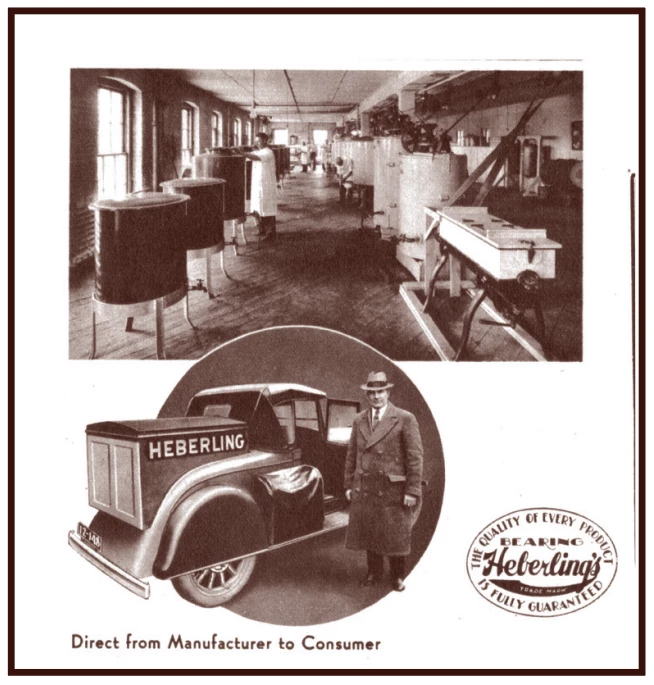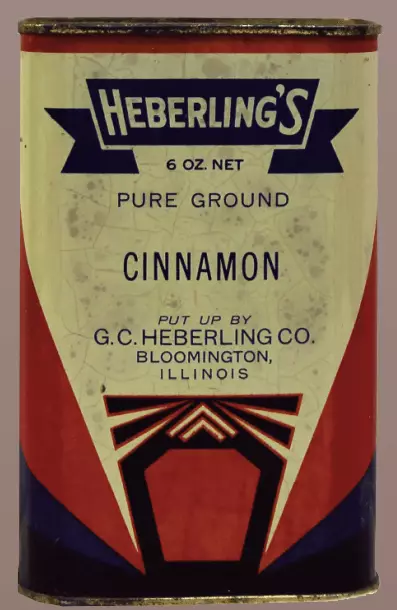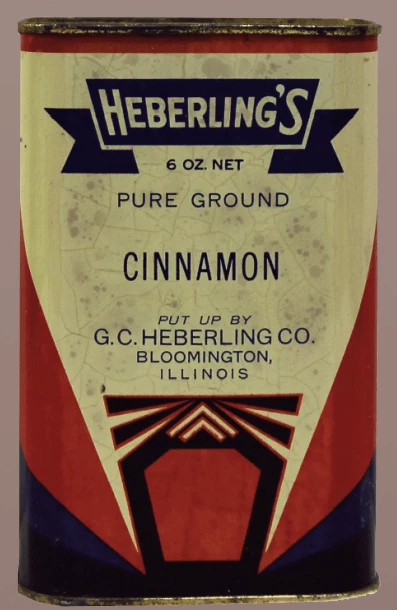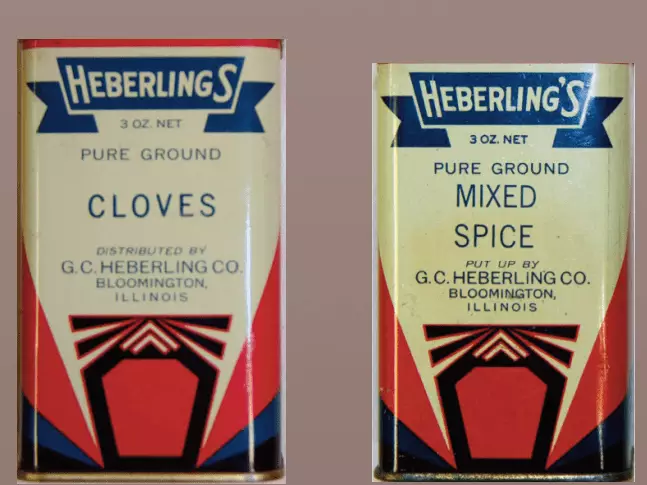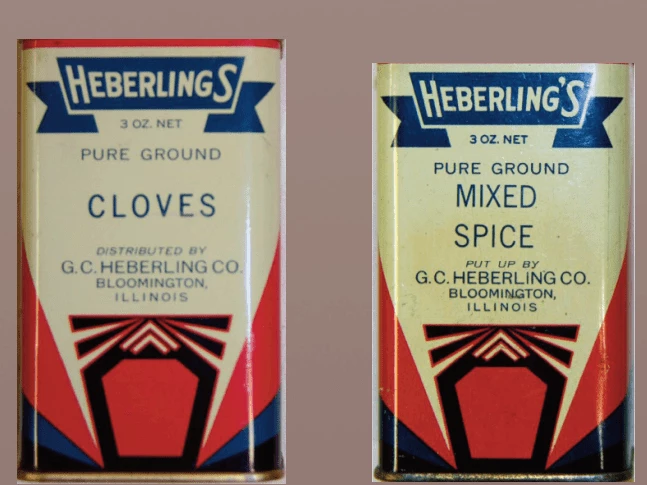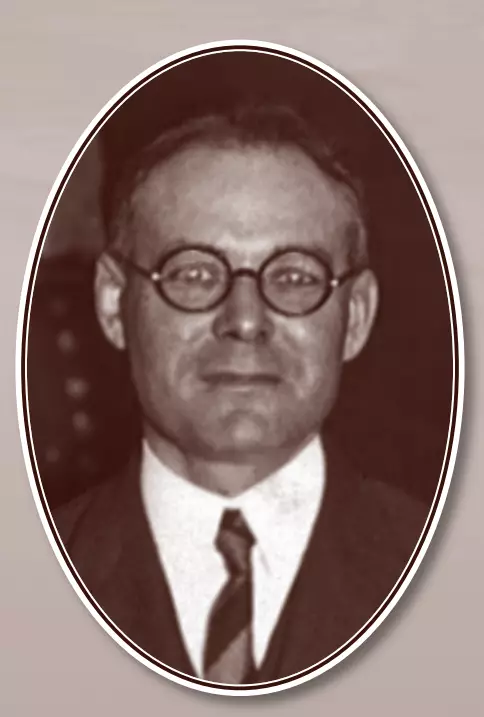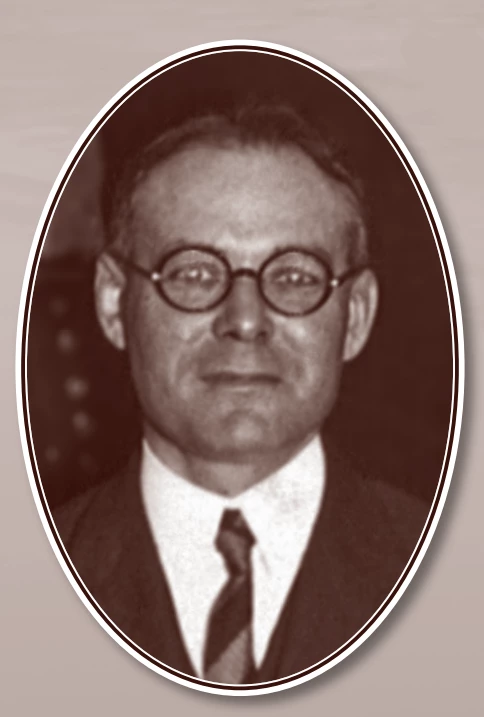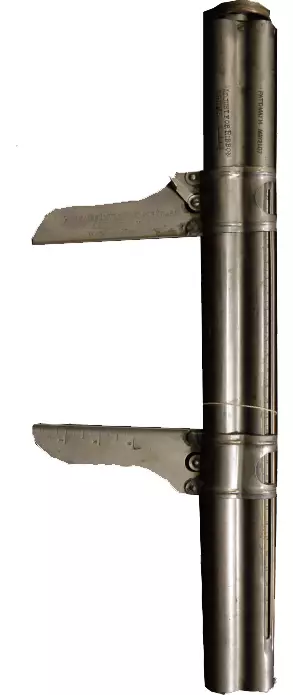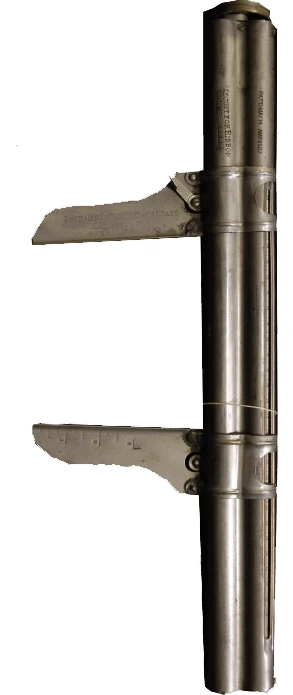Merchandising Expands Dramatically
Merchants and their workers saw their businesses grow as the population increased and more goods were transported into the area via the railroad.Featuring:Marie M. Curtis Robbins, (1866 – 1956), sales clerkHoward Walton Kelly, (1871 – 1957), Traveling salesmanBert Neal, (1899 – 1972), foremanWilliam T. Smith, (1887 – 1964), Traveling salesmanGeorge P. Giering, (1878 – 1942), Department store clerkMarie M. Curtis Robbins
Marie M. Curtis Robbins (1866-1956) worked as a domestic servant (housekeeper or cook) for many years. But in 1903 she got work as a sales clerk at Bloomington’s Woolen Mill Store.
Marie worked with customers to identify items of interest in the store’s many display cases, then pulled a selection of items from the drawers and shelves behind the cases for them to examine more closely. After a customer reached a decision she packaged their items and ran the sale through the cash register. Marie then returned the unwanted items to storage.
Marie left the Woolen Mill Store in 1911, just before she married at the age of 47.
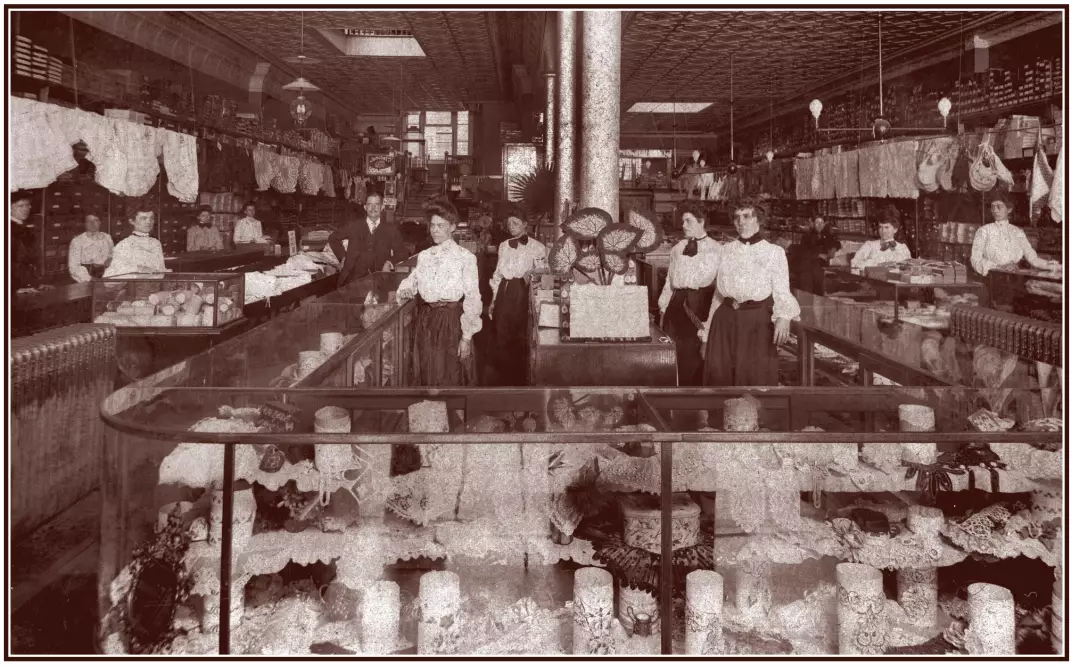
The Woolen Mill Store opened in 1890 for the purpose of selling woolen fabrics made at the Woolen Mill in south Normal. But the store soon expanded to sell other fabrics, lace, hankies, gloves, sewing patterns, sewing notions, and ready-to-wear clothing manufactured elsewhere and shipped in by rail.
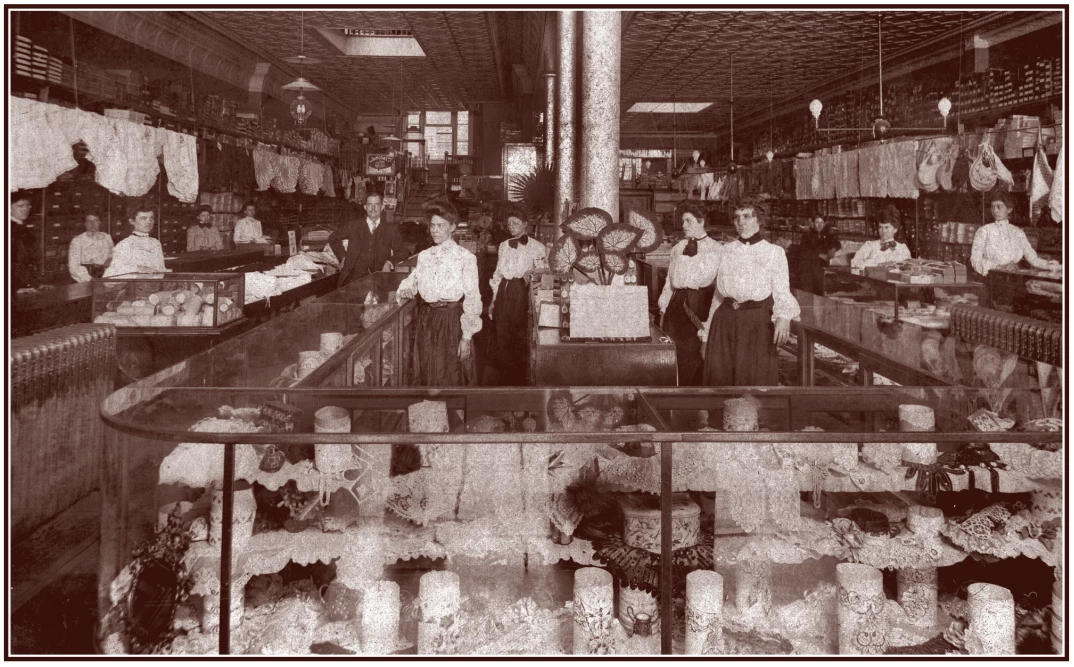
Glove stretcher and leather gloves, circa 1910
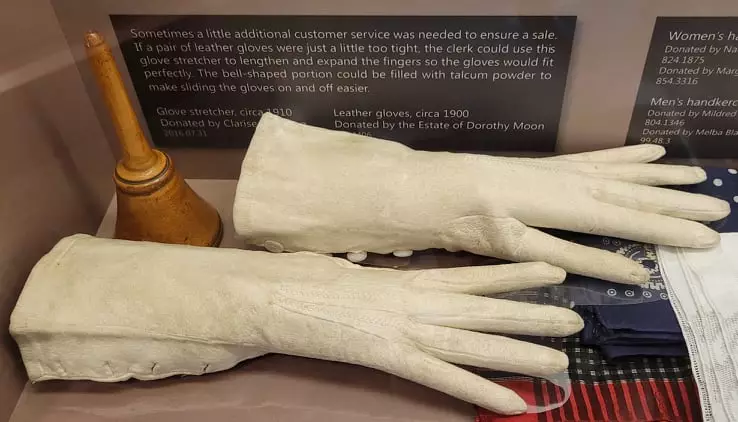
Sometimes a little additional customer service was needed to ensure a sale. If a pair of leather gloves were just a little too tight, the clerk could use this glove stretcher to lengthen and expand the fingers so the gloves would fit perfectly. The bell-shaped portion could be filled with talcum powder to make sliding the gloves on and off easier.
Donated by: Clarise Jefferson, the Estate of Dorothy Moon
2016.07.31, 844.4406
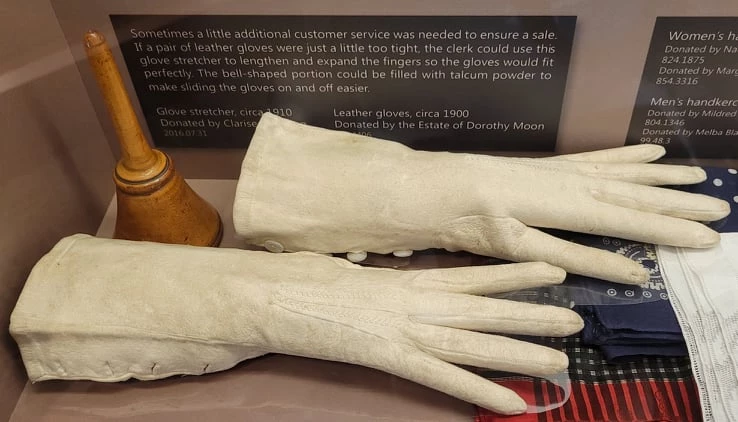
Howard Walton Kelly
Howard Walton Kelly (1871-1957) grew up in Heyworth, but moved to Bloomington in 1887 when he got his first job at the G.G. Johnson grocery in Normal.
Five years later Howard was hired to work as a buyer for J.F. Humphreys & Co.
Howard traveled throughout the United States, identifying products in large quantities and arranging for their purchase and shipment to the Bloomington plant.
Once the products arrived, the company packaged and then sold the products to groceries at wholesale prices using traveling salesmen.
Howard worked as a buyer until 1897 when he became a traveling salesman, selling Humphreys Wedding Ring and Wish Bone products to regional grocers.
Howard left Humphreys in 1907 when he and nine other individuals organized the Campbell Holton Company. The new company was much like Humphreys, except its staff of commercial salesmen, including Howard, were all stockholders when the company organized.
In 1919 Howard became vice president and director of the company. He retained that position until his retirement in 1941.
Bert Neal
Bert Neal (1899-1972) worked as a chauffer for the Johnson Transfer Company for 19 years before starting a second career as a foreman for the Campbell Holton Company.
For 28 years Bert made sure that the coffee, canned fruit, and vegetables packaged by Holton under the Happy Hour Brand were moved into the warehouse, then labeled and shipped to independent grocers across the Midwest on time.
William T. Smith
William T. Smith (1887-1964) was an Oldtown Township farmer, but in 1910 he took on an additional job as a traveling salesman with the Heberling Company.
At first he traveled by horse and wagon with a supply of the company’s household remedies, flavoring extracts, spices, toiletries, and other items, which he sold to grocery, drug, and dry good stores in eastern Illinois.
Though most rural roads were still unpaved, Bill was soon driving a truck loaded with Heberling products. In 1921 he earned an average of $150-200 per month. With a solid income he decided to sell the farm and focus on his work as a traveling salesman.
Bill retired after more than 30 years with Heberling.
Established in 1902 by George C. and John Heberling, the Heberling Company packaged a variety of products that were sold wholesale using traveling salesmen. By 1906 the company had 20 employees and was still growing. At one point Heberling employed 500 salespeople in 28 states.
George P. Giering
George P. Giering (1878-1942) was a teenager when he got his first job at Klemm’s department store in 1890.
George had to be on the job at 7 a.m. to sweep floors and, in the winter, to get fires going in the coal stoves. Then, laden with packages of all sizes, George trudged all over Bloomington-Normal delivering purchases. He earned three dollars a week. George was promoted to salesman, first of carpets and linoleum, then window shades and draperies.
In 1910 George became manager of the silk and woolen goods (fabric) department. As the department’s buyer, George made trips to Chicago and New York to select the fabrics he believed would sell best.
In 1940, after working at Klemm’s for 50 years, George remarked . . .
“Fashions have changed so much... Where once 20 or 30 yards of material were required for a dress, only three or four will do the trick now.”
George was still working at Klemm’s when he died in 1942.
 Making a Home
Making a Home
 A Community in Conflict
A Community in Conflict
 Working for a Living
Working for a Living
 Farming in the Great Corn Belt
Farming in the Great Corn Belt
 Abraham Lincoln in McLean County
Abraham Lincoln in McLean County
